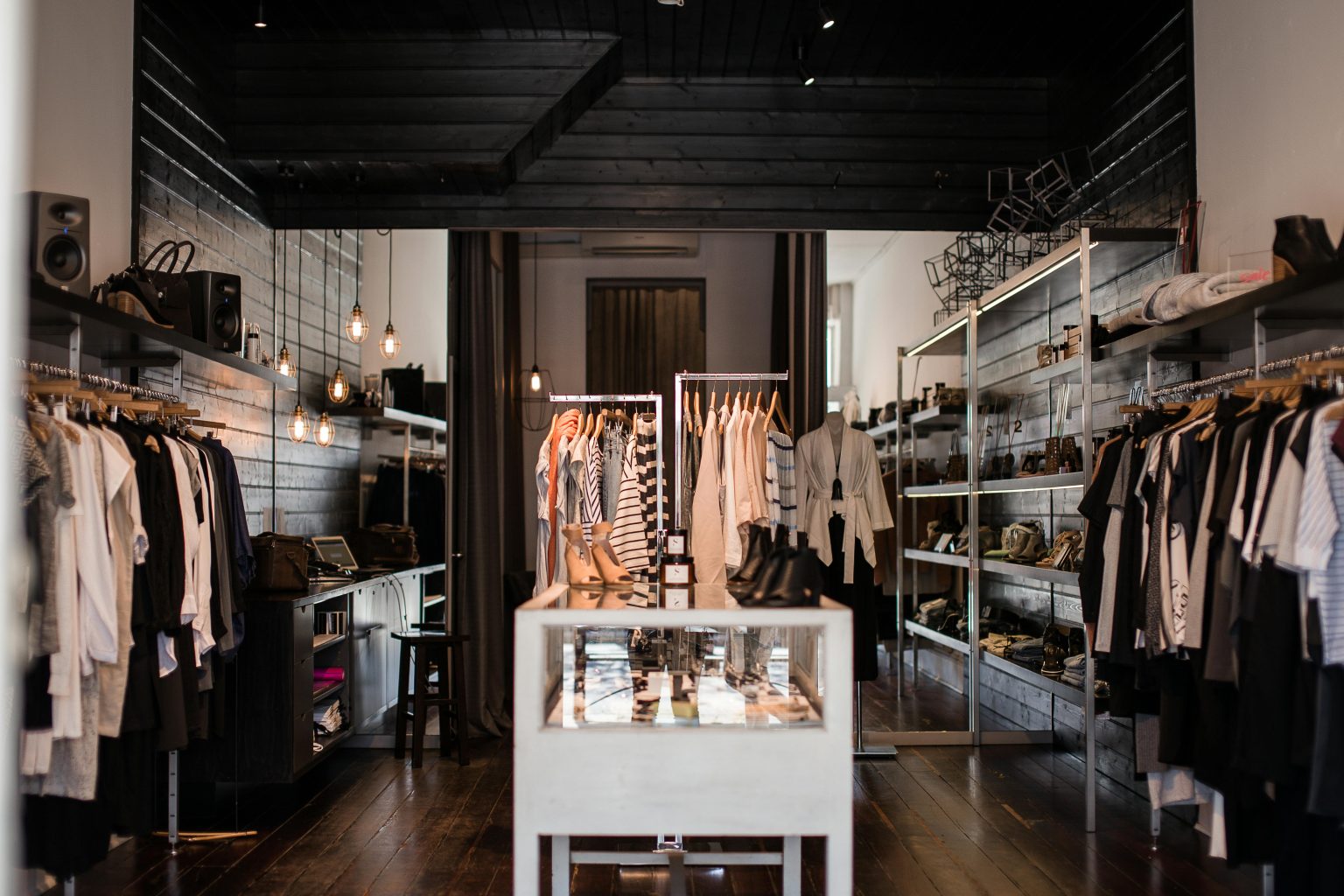In the competitive world of retail, first impressions matter—especially when it comes to food. High-quality retail displays and retail kiosks play a crucial role in making gourmet products irresistible. Whether it’s artisanal cheeses, premium chocolates, or organic produce, the right store fixtures can turn a simple display into a visual feast that drives sales.
This article explores how well-designed retail displays enhance food presentation, influence customer decisions, and boost revenue. From elegant shelving to interactive retail kiosks, we’ll uncover the best strategies to make your gourmet products stand out.
Why Gourmet Displays Matter
Food is a sensory experience. Before a customer tastes a product, they see it, touch it, and sometimes even smell it. A well-crafted display can:
- Increase perceived value – Premium fixtures make products look more luxurious.
- Encourage impulse buys – Eye-catching arrangements tempt shoppers to add items to their carts.
- Improve brand image – A polished presentation reflects quality and care.
Retail kiosks take this further by offering interactive experiences, such as digital menus, sampling stations, or customization options.
Key Elements of Effective Gourmet Displays
1. Lighting That Enhances Appeal
Lighting can make food look fresh and appetizing. Warm LED lights highlight baked goods, while cooler tones work well for fresh produce. Backlit retail displays add a high-end touch, especially for chocolates and wines.
2. Tiered Shelving for Visual Hierarchy
Elevated platforms and cascading shelves create depth, making products easier to browse. For example, a cheese display might feature:
- Top tier: Rare, premium cheeses
- Middle tier: Popular favorites
- Bottom tier: Pre-sliced or grab-and-go options
3. Interactive Retail Kiosks for Engagement
Modern shoppers love interactivity. A retail kiosk with touchscreen menus can:
- Show recipe ideas
- Offer pairing suggestions (e.g., wine and cheese)
- Provide nutritional information
This keeps customers engaged longer, increasing the chance of a sale.
4. Sustainable and Hygienic Materials
For food displays, cleanliness is non-negotiable. Stainless steel, tempered glass, and antimicrobial surfaces ensure safety while maintaining elegance. Wooden crates and slate boards add a rustic, artisanal feel.
5. Strategic Product Grouping
Group complementary items together to encourage upselling. For example:
- A charcuterie board display with nearby crackers and jams
- A coffee station featuring mugs and gourmet syrups
How Retail Displays Influence Buying Behavior
Studies show that well-designed retail displays can increase sales by up to 30%. Here’s how they impact shoppers:
1. The Power of Color and Texture
- Rich, warm tones (like deep browns and golds) evoke indulgence, perfect for chocolates and pastries.
- Fresh greens and whites suggest health and purity, ideal for organic produce.
- Textured backgrounds (such as wood grain or marble) add a tactile appeal.
2. Sampling Stations Boost Trial Rates
A small tasting counter near a retail kiosk can dramatically increase conversions. When customers try before they buy, they’re more likely to make a purchase.
3. Movement and Rotation Create Freshness
Motorized displays that slowly rotate cakes or desserts give the illusion of freshness, making products seem just-made.
Case Studies: Successful Gourmet Displays
1. Whole Foods’ Artisan Cheese Section
Whole Foods uses wooden crates, chalkboard labels, and soft lighting to create a farmers’ market feel. Their retail kiosks offer pairing guides, helping customers choose the perfect cheese and wine combo.
2. Godiva’s Luxury Chocolate Displays
Godiva uses mirrored backdrops, velvet-lined trays, and glass domes to make chocolates look like high-end jewelry. Their retail displays are designed to evoke exclusivity.
3. Trader Joe’s Seasonal Snack Stands
Trader Joe’s excels at themed displays—think pumpkin-spiced everything in fall. Their retail kiosks often feature limited-time offers, creating urgency.
Future Trends in Gourmet Retail Displays
1. Smart Shelves with IoT Sensors
- Track inventory in real-time
- Adjust pricing based on demand
- Alert staff when items need restocking
2. Augmented Reality (AR) Menus
Customers could scan a product with their phone to see:
- Cooking tutorials
- Ingredient sourcing stories
- Allergy information
3. Eco-Friendly Displays
Biodegradable materials and reusable fixtures are becoming a priority for conscious consumers.
Conclusion
Gourmet retail displays and retail kiosks are more than just storage—they’re powerful sales tools. By using strategic lighting, interactive features, and high-quality materials, retailers can turn food presentation into an art form that drives purchases.
Whether you’re a boutique grocer or a high-end specialty store, investing in well-designed fixtures will elevate your brand and keep customers coming back for more. The key? Make every display as enticing as the food itself.
Upgrade your store today and watch how the right retail displays transform browsing into buying!



